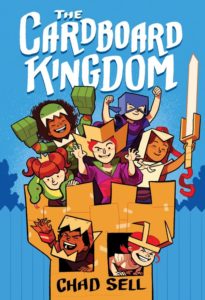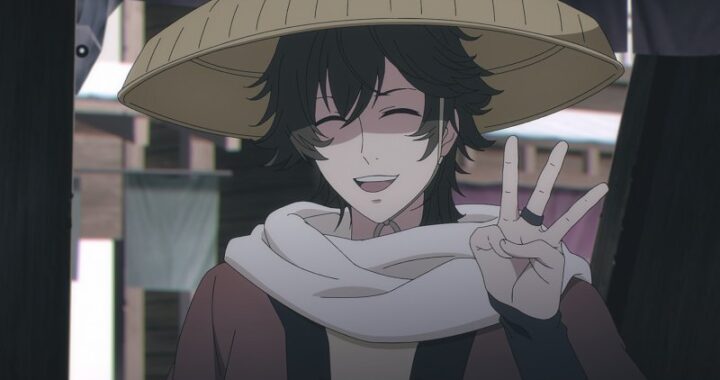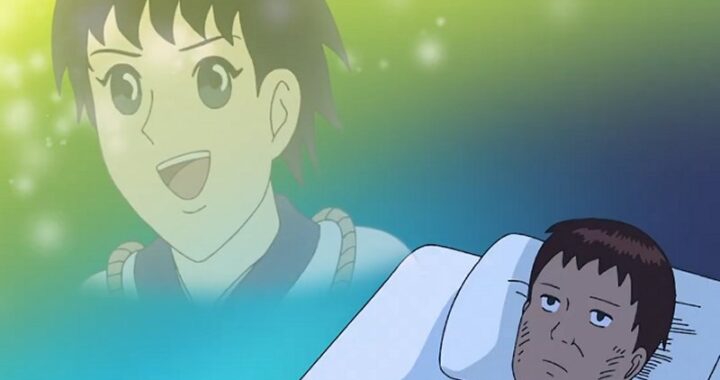 A bunch of imaginative elementary school kids and a whole lot of cardboard.
A bunch of imaginative elementary school kids and a whole lot of cardboard.
Creative Staff
Story/Art: Chad Sell and various/Chad Sell
What They Say
Welcome to a neighborhood of kids who transform ordinary boxes into colorful costumes, and their ordinary block into cardboard kingdom. This is the summer when sixteen kids encounter knights and rogues, robots and monsters–and their own inner demons–on one last quest before school starts again.
In the Cardboard Kingdom, you can be anything you want to be–imagine that!
Content: (please note that content portions of a review may contain spoilers):
A few years back, the We Need Diverse Books movement caused a stir in the publishing industry by demanding that books portray a broader spectrum of family backgrounds, cultures, races, genders, etc. The Cardboard Kingdom feels like a response to that movement in that it goes out of its way to cram traditionally underrepresented groups within its cover.
The Cardboard Kingdom is a collection of sixteen stories in graphic novel format. Chad Sell is the sole artist for the work so that the illustration style remains constant. However, ten additional authors participated in the writing of this work. Except for “The Bully” and “Megalopolis,” the stories are stand-alone, but they all draw from the same cast of neighborhood kids who are spending their summer vacation playing make-believe with homemade costumes and cardboard props.
Each chapter/story focuses on a different child, who has his/her own unique imaginary persona. This persona stays the same throughout the book. Therefore, the kid who dresses as a blob is always a blob, the girl knight is always a knight, and the boy who wants to be a sorceress is always pretending to be a sorceress. The make-believe aspect allows for colorful illustrations, and Sell tailors the palette for each chapter to complement the featured character’s color scheme.
As for the story plots, they range from simple subjects, like learning to make friends or watching over a younger sibling, to heavier topics like divorce. Interestingly, although the creators go out of their way to include every skin tone and hair texture you can think of, race is not the source of tension between any of the characters. Nor is class, family background, or economics. A bit of Spanish is used in the dialogue for the Dominican American character, but aside from that, all the kids have equal status in the same pizza-and-soda suburban culture.
However, bullying and gender identity are the sources of quite a bit of tension. Three stories focus on the problems encountered by cross-dressing children, and another is about a boy crushing on another boy. As for bullies, there’s only one bully that harasses the neighborhood kids, but he pops up throughout the book, and his story takes two chapters to tell.
The book is aimed toward 9- to 12-year-olds. As such, story endings are predominantly positive. Children attain the understanding of their parents, rivals become partners, misfits find acceptance, and the bully becomes a friend and ally. However, “The Gargoyle,” which is about a boy whose parents are divorcing, contains so much fraught emotion that its ending is appropriately ambivalent.
In Summary
The Cardboard Kingdom is part imaginary fun, part We Need Diverse Books project. Kids will enjoy the vibrant illustrations of the cast and their alter egos, but it feels like the creators tried a bit too hard to include characters and issues that every single person can relate to. As a result, certain details feel like they were forced in for the sole purpose that the publisher could say they were being inclusive.
Content Grade: B
Art Grade: A-
Packaging Grade: A
Released By: Knopf
Release Date: June 5th, 2018
MSRP: $12.99




